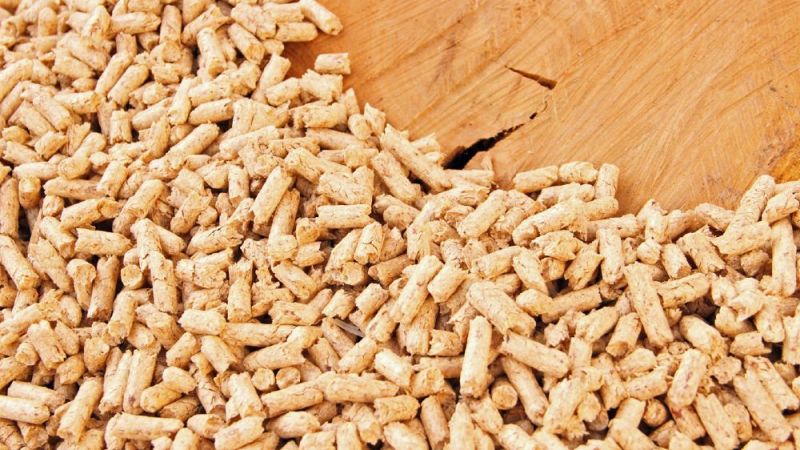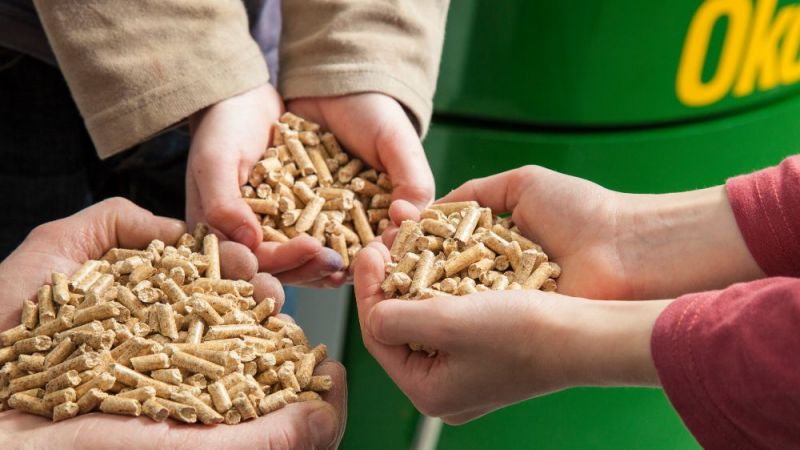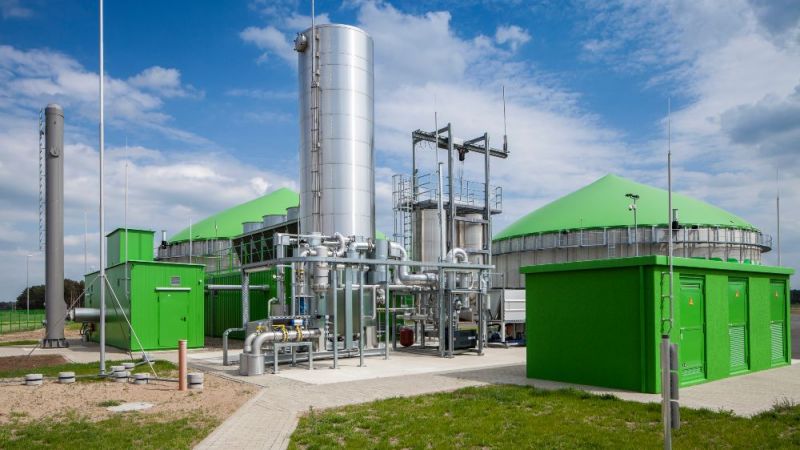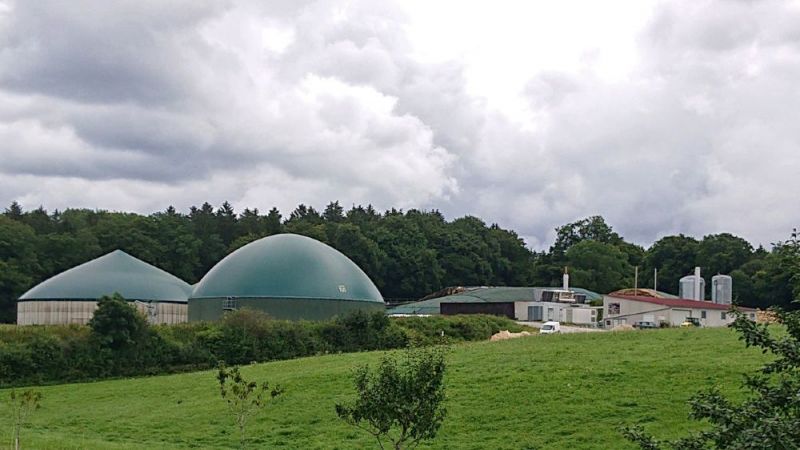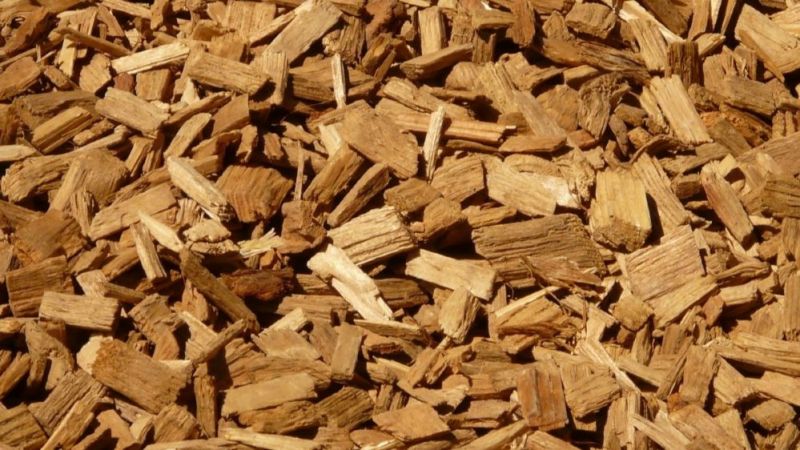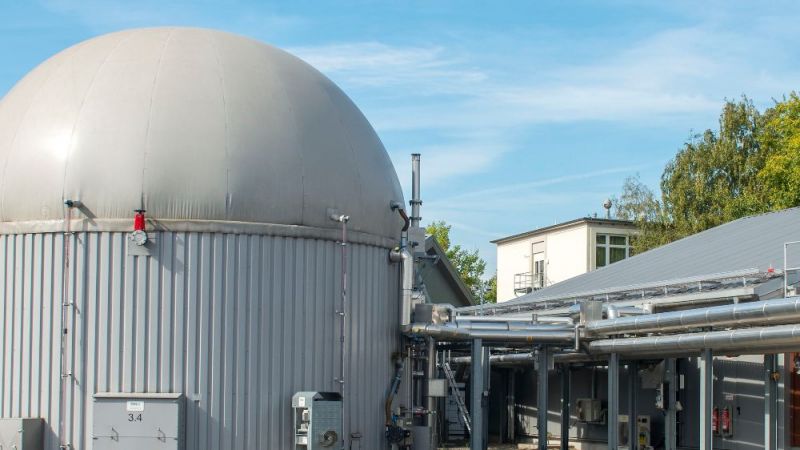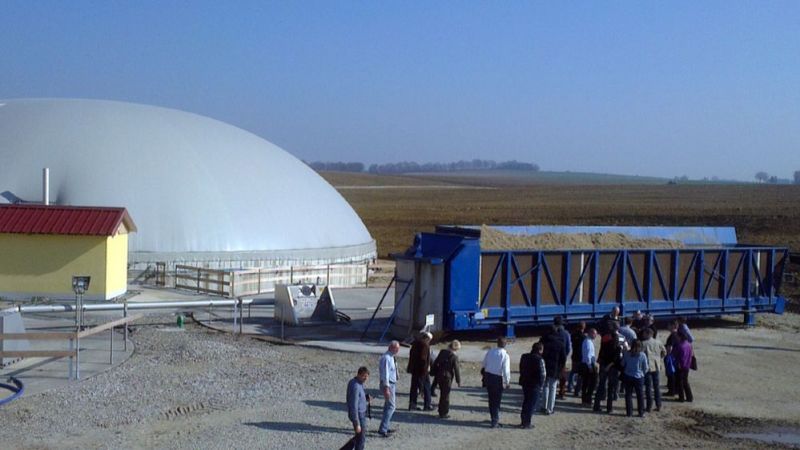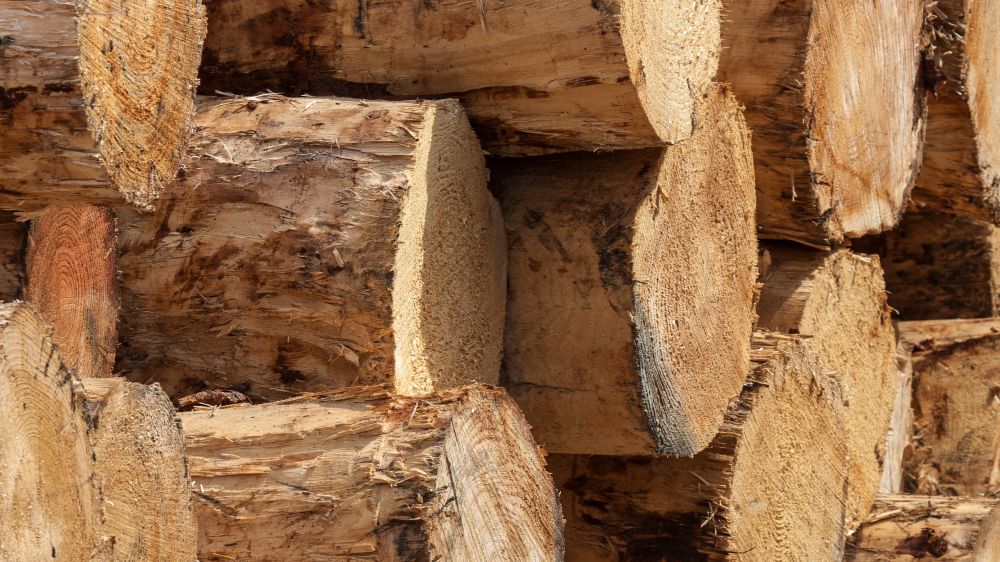
Biogenic residues and waste materials
The use of bioenergy made from residual and waste materials is gaining importance thanks to its largely low-emission production compared to cultivated biomass. Thus it can make an important contribution to a cross-sectoral and sustainable energy supply. Biogenic residues and waste are generated in industry, the commercial sector, by consumers and in agriculture and forestry. The efficient use of residual and waste materials on a low-emission basis requires exploitation of partially unused potentials and the development of adapted processes. The technologies and processes necessary to provide, process, convert and utilise such materials must be optimised in consideration of the fluctuating raw material qualities. This is a key area of research.
The aim is to expand the range of biogenic residual and waste materials and tap further potentials. At the same time, high quality and stable processes are required even in the case of fluctuations in raw material quality and availability. To achieve this, priority areas of application in specific (energy) sectors must be identified, production processes and plant components must be improved in terms of energy, cost and climate efficiency and their interaction, for example in biorefinery concepts, must be designed accordingly.
Particularly relevant residual and waste materials result from industrial processes, grassland management, agriculture and forestry as well as sewage gas. The spectrum ranges from spent grains and pomace in beer or wine production or lignin in the paper and pulp industry to excrements in animal husbandry as well as all categories of residual and waste wood at the end of the cascading use system.


